Description
In Depth
VRM1 is a powerful herbal formula designed to support the body’s natural ability to maintain a balanced microbiome and immune response, particularly in relation to large, unwanted parasitic organisms. This advanced combination of botanical extracts works to promote healthy digestion and facilitate the natural expulsion of these organisms while reinforcing the gut’s structural integrity.
Originally developed in the 1970s by Doc Wheelwright, who explored indigenous herbal solutions across the globe, VRM1 was formulated as part of a four-part system targeting various types of parasitic challenges. In the early 2020s, Dr. Shayne Morris streamlined this approach, integrating cutting-edge research to simplify and enhance the effectiveness of these protocols. The result is a comprehensive gut health strategy that begins with the foundational Clear 1 µBiomic & Clear 2 µBiomic formulas, with VRM1 serving as a targeted enhancement for cases requiring additional support.
Scientific studies continue to validate the potent phytochemicals found in VRM1’s key ingredients, such as Juglans nigra (black walnut), Tabebuia impetiginosa (pau d’arco), Allium sativum (garlic), Chenopodium ambrosioides (wormseed oil), and bromelain. These natural compounds have been shown to disrupt the life cycle of large parasitic organisms, create an inhospitable environment for their survival, and assist the body in clearing them from the gastrointestinal tract. Additionally, they help soothe inflammation, support immune defenses, and promote optimal gut function.
VRM1 is an essential tool for those looking to enhance gut-cleansing protocols with time-tested, research-backed herbal ingredients that work in harmony with the body’s natural processes.
Two versions of VRM1:
- VRM1 capsules: Standard encapsulated formula for ease of use.
- CXVRM1 concentrated extract: A highly bioavailable liquid extract for enhanced potency and absorption.
Understanding the VRM formulas:
While Clear 1 µBiomic & Clear 2 µBiomic provide foundational gastrointestinal immune and microbiome support, the VRM formulas allow for targeted enhancements based on clinical evaluations:
- VRM1 – Large: Supports the body in addressing large parasitic species.
- VRM2 – Small: Targets smaller, thread-like parasites based on visible signs or symptoms.
- VRM3 – Micro: Supports the body’s natural defenses against microscopic, pathogenic species.
- VRM4 – Cell: Focuses on cell-invasive and blood-borne parasites, aiding systemic immune support.
Key Features
- Black walnut (Juglans nigra) is widely recognized for its powerful antiparasitic, antibacterial, and anti-inflammatory properties, as documented in scientific studies. Key compounds in black walnut, such as tannins and juglone, have demonstrated significant antiparasitic effects. Additional natural components, including plumbagin and hydrojuglone, are believed to disrupt the growth and survival of parasites. Research on animals infected with parasitic worms has shown that black walnut extract can substantially reduce worm populations, including pinworms, hookworms, and tapeworms. When ingested, the compounds in black walnut hulls help oxygenate the blood, creating an environment that is inhospitable to parasites. Tannins also work by tightening tissues, making them less appealing for parasitic invasion. Additionally, black walnut’s natural iodine content contributes to its strong antimicrobial effects, helping to cleanse the blood and digestive system of infections. The active compound juglone has also been shown to be an effective deterrent against Enterobius vermicularis (pinworm).
- Pau d’arco (Tabebuia impetiginosa) contains key active compounds such as lapachol, quercetin, and flavonoids that contribute to its broad therapeutic properties. It is known for promoting healthy lung function by aiding in the removal of mucus and contaminants while also playing an essential role in maintaining balance within the gut microbiome. Pau d’arco, a remarkably fungus-resistant tree found in the Brazilian rainforest, has been extensively studied for its antifungal properties, with research highlighting its activity against Candida albicans and various pathogenic bacteria, including Staphylococcus aureus and Helicobacter pylori. It is also recognized for its anti-inflammatory, antiparasitic, and immune-supporting effects. Brazilian herbal traditions regard pau d’arco as a key remedy for intestinal parasites and an effective means of strengthening the immune system against harmful organisms.
- Garlic root (Allium sativum) is a well-documented antiparasitic agent, with numerous studies supporting its effectiveness against various parasites, fungi, and bacteria. It has demonstrated activity against Trypanosoma brucei, Plasmodium falciparum, and Leishmania tarentolae, which are known to cause severe diseases. Garlic also has strong antifungal properties, particularly against Candida albicans. Specific to VRM1, garlic has been tested both in laboratory and animal studies for its ability to combat intestinal parasites, including tapeworms (Hymenolepis diminuta, H. microstoma, Taenia taeniaeformis) and trematodes (Fasciola hepatica, Echinostoma caproni). Scientific research also indicates that garlic is effective against major intestinal protozoa such as Entamoeba histolytica and Giardia lamblia. The antiparasitic power of garlic is largely attributed to its sulfur-containing compounds, which have been widely studied for their potent antimicrobial and cleansing effects.
- Wormseed oil (Chenopodium ambrosioides) is a highly regarded botanical known for its strong antiparasitic properties. Published research in the journal Medicines describes how topical applications of wormseed oil can penetrate tissues to help support a healthy external terrain, while internal use helps maintain a balanced gastrointestinal environment. Wormseed oil’s primary active compound, ascaridole, plays a significant role in supporting a healthy mycobiome and microbiome. Recognized for its effectiveness against intestinal worms, fungal organisms, and pathogenic bacteria, wormseed oil is a powerful herbal remedy for eliminating unwanted invaders. It also aids in resolving topical infections and inflammation, promoting healing at multiple levels.
- Bromelain is a proteolytic enzyme complex derived from the stems and core of the pineapple plant. It plays a crucial role in breaking down large protein molecules into smaller peptides and amino acids, supporting overall digestive function. Beyond digestion, bromelain is known for its ability to help eliminate unwanted protein-based residues that contribute to inflammation and create a favorable environment for parasitic organisms. Studies suggest that bromelain has anthelmintic properties due to its ability to break down protein structures essential to helminths (parasitic worms). Research on Haemonchus contortus, a common parasite in goats, has shown that bromelain inhibits parasite egg hatchability, effectively reducing worm populations and preventing reinfection. Additional studies indicate that bromelain may enhance the host’s immune response, allowing the body to better combat existing helminth infestations.
Essential Ingredients
- Black walnut
- Pau d’arco
- Garlic root
- Wormseed oil
- Bromelain
Directions
Take 1 capsule daily (in cycles of 10 days on followed by 5 days off), or as directed by your health care professional.
Warnings
Professional grade. Keep away from heat, sunlight, and children.
Quality Guarantee
cGMP facility
Vegi-Capsule
Non-GMO
Gluten Free
Frequently Asked Questions
What is VRM1 used for?
VRM1 is formulated to support the body’s natural ability to manage large parasitic organisms in the gastrointestinal tract. It promotes digestive health, immune balance, and microbiome integrity while aiding in the digestion and elimination of unwanted species.
How does VRM1 work?
VRM1 contains a blend of botanical ingredients known for their antiparasitic properties, including black walnut, pau d’arco, garlic, wormseed oil, and bromelain. These ingredients work together to create an inhospitable environment for large parasitic organisms, support normal gut function, and enhance the body’s natural detoxification processes.
Who should consider using VRM1?
VRM1 is designed for individuals seeking digestive support, particularly those who suspect the presence of large parasites. It is commonly used as part of a comprehensive gut-cleansing protocol recommended by healthcare practitioners.
Can VRM1 be taken with other supplements?
Yes, VRM1 can be used alongside other gut health supplements, including probiotics and digestive enzymes. However, it’s always recommended to consult with a healthcare practitioner before combining supplements.

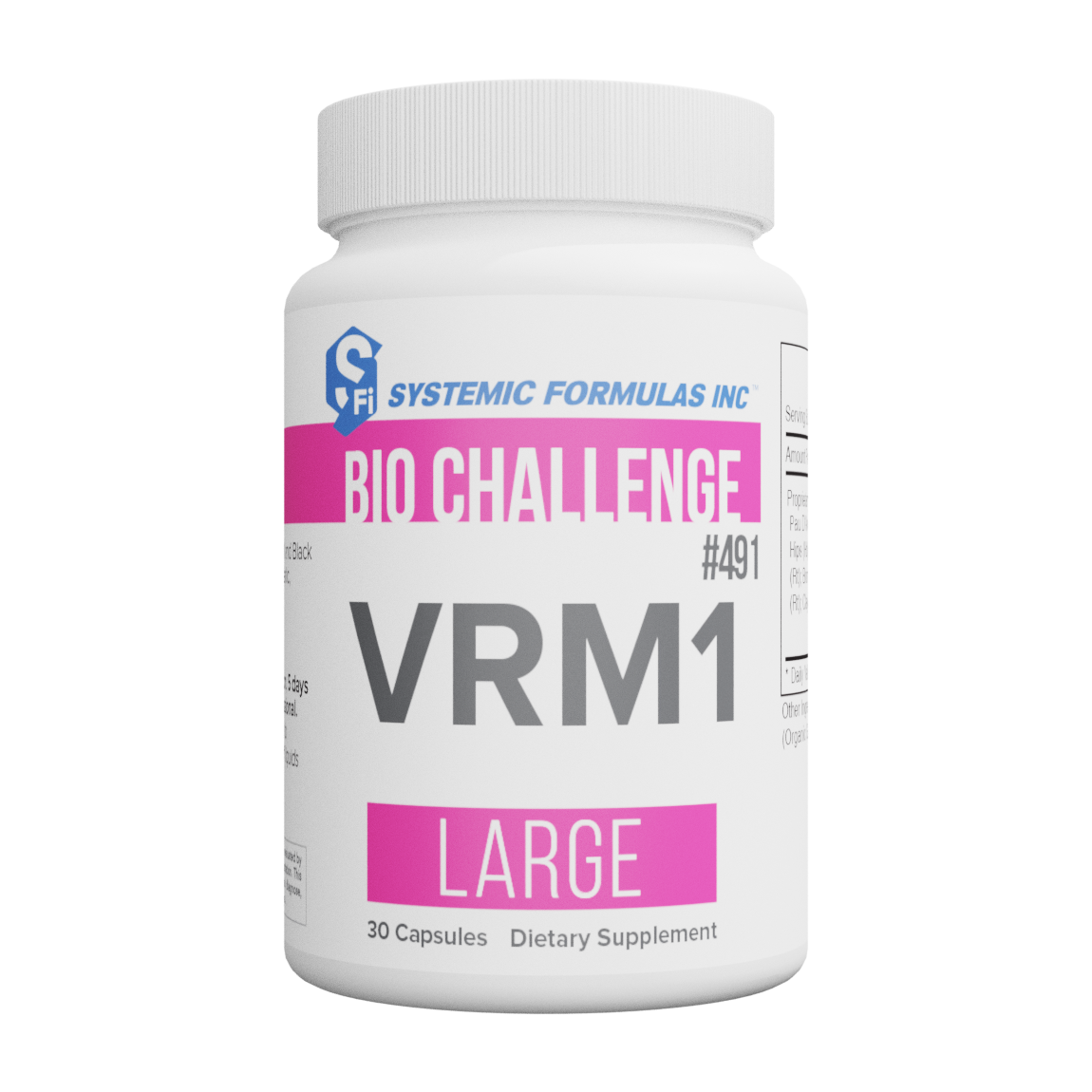
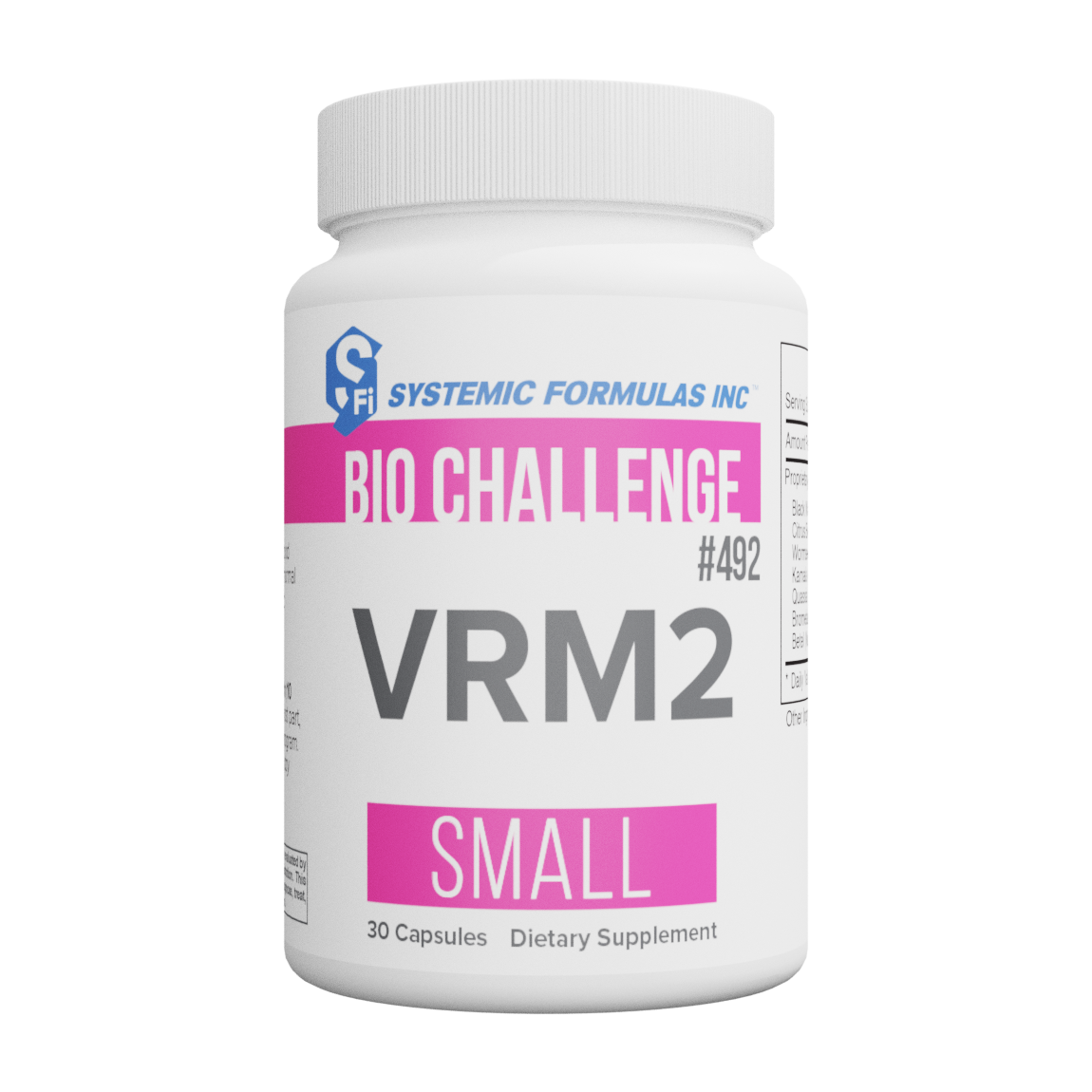
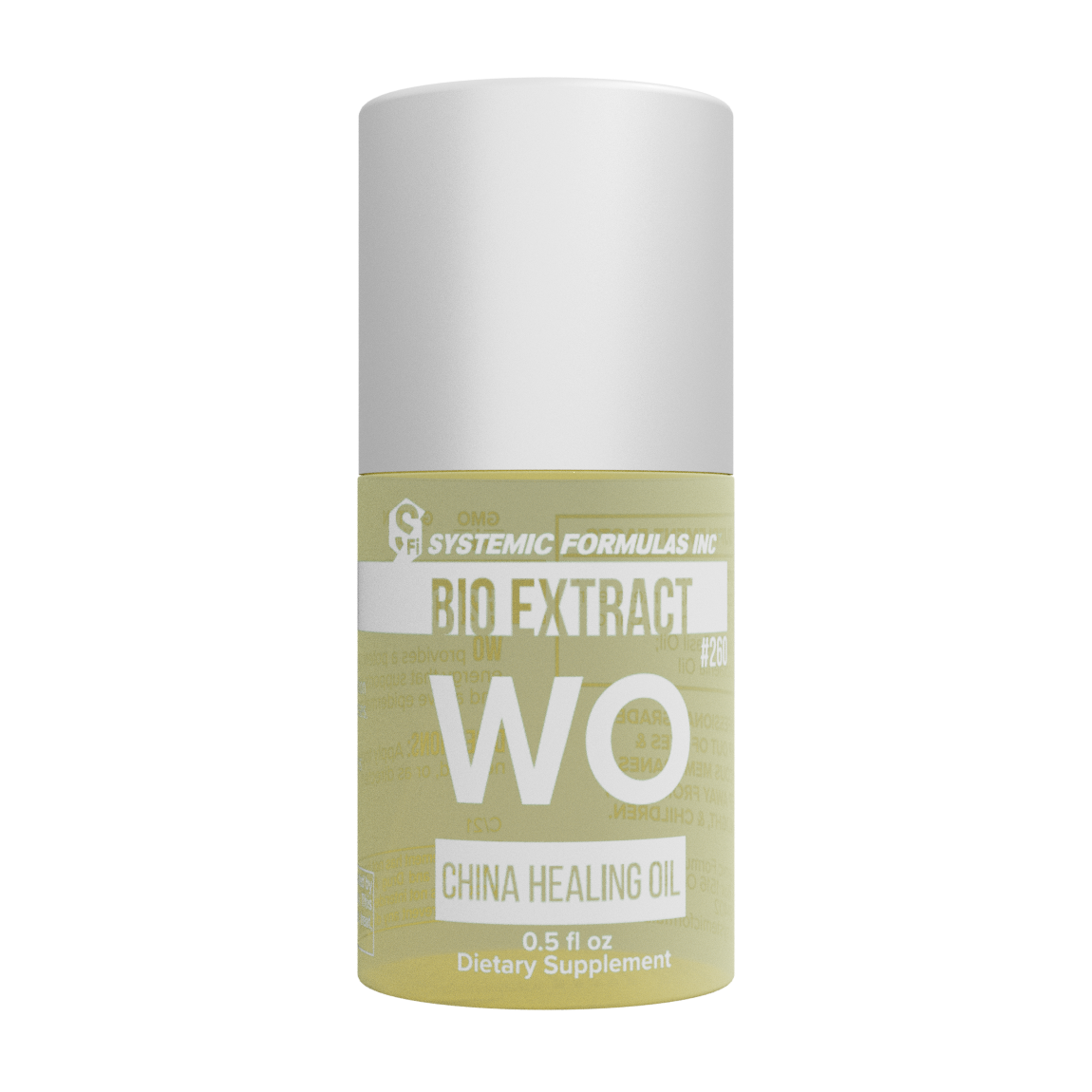
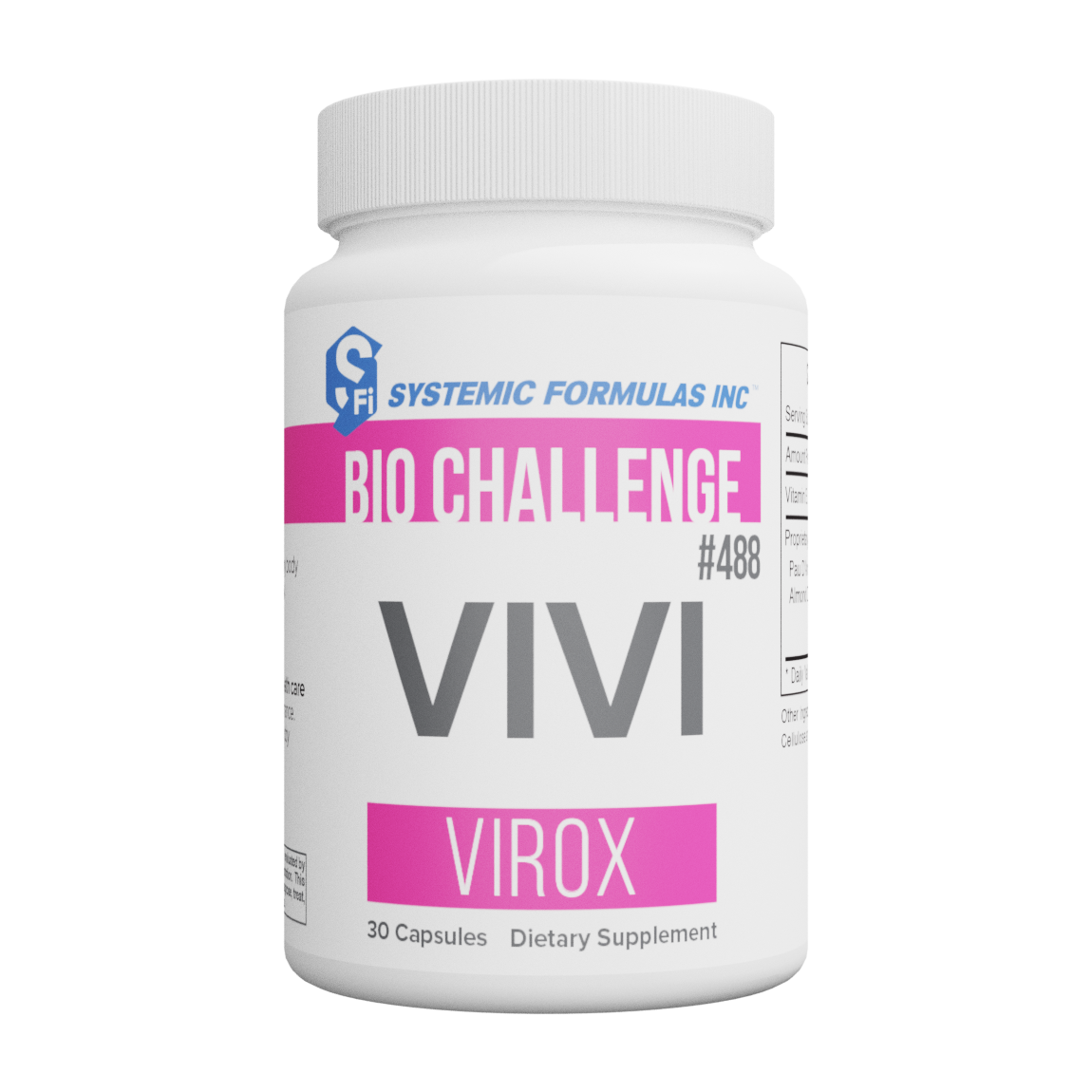
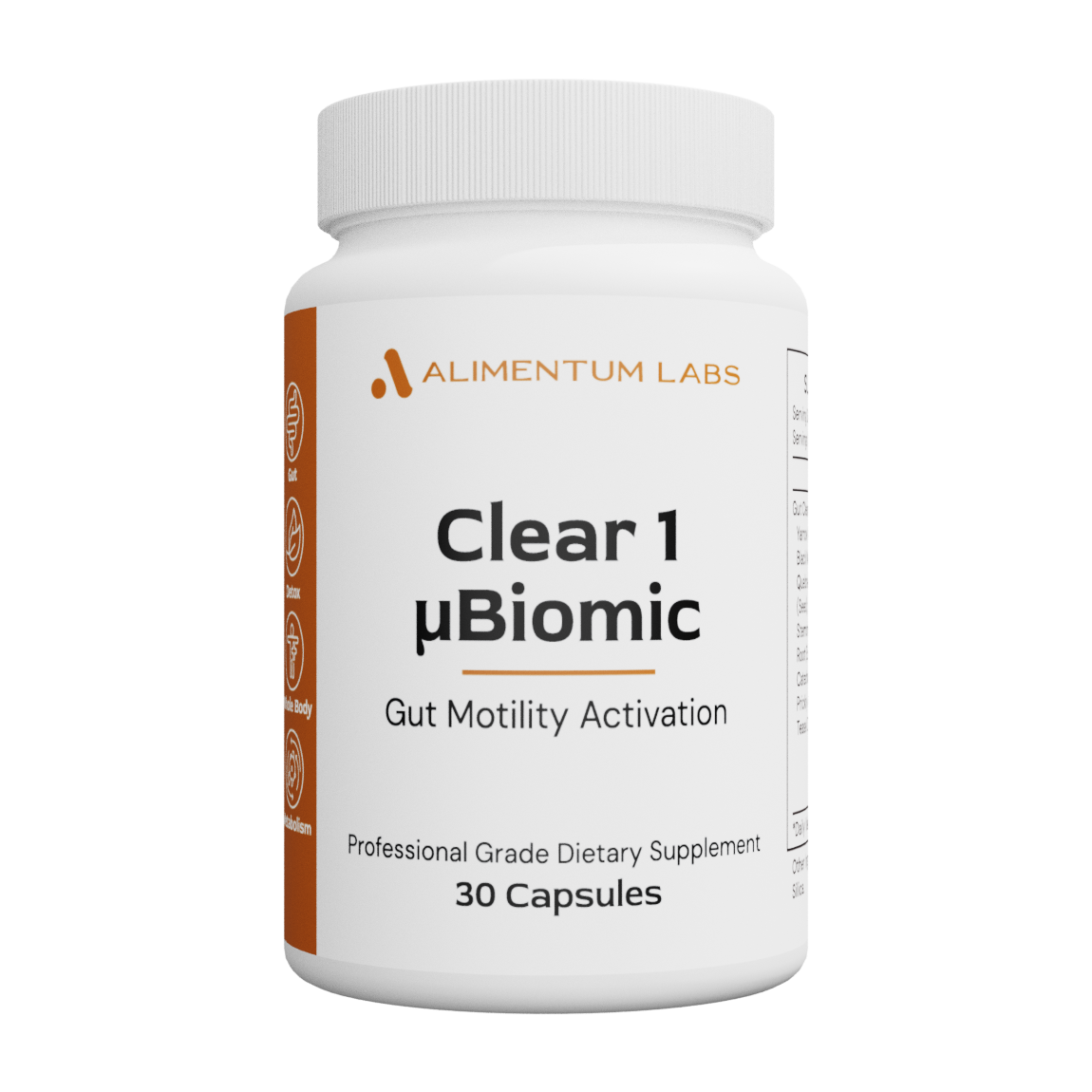
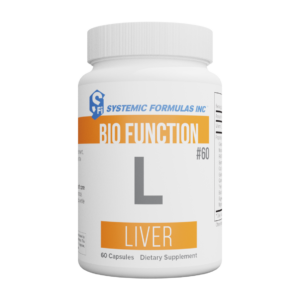
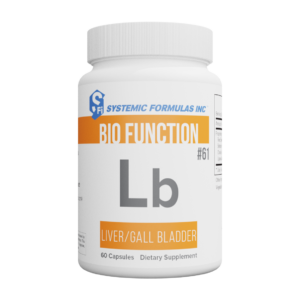
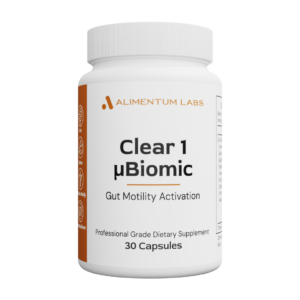
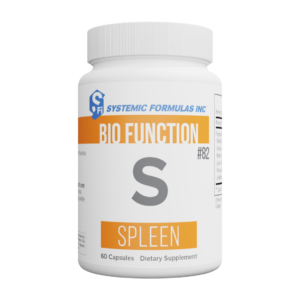

There are no reviews yet.